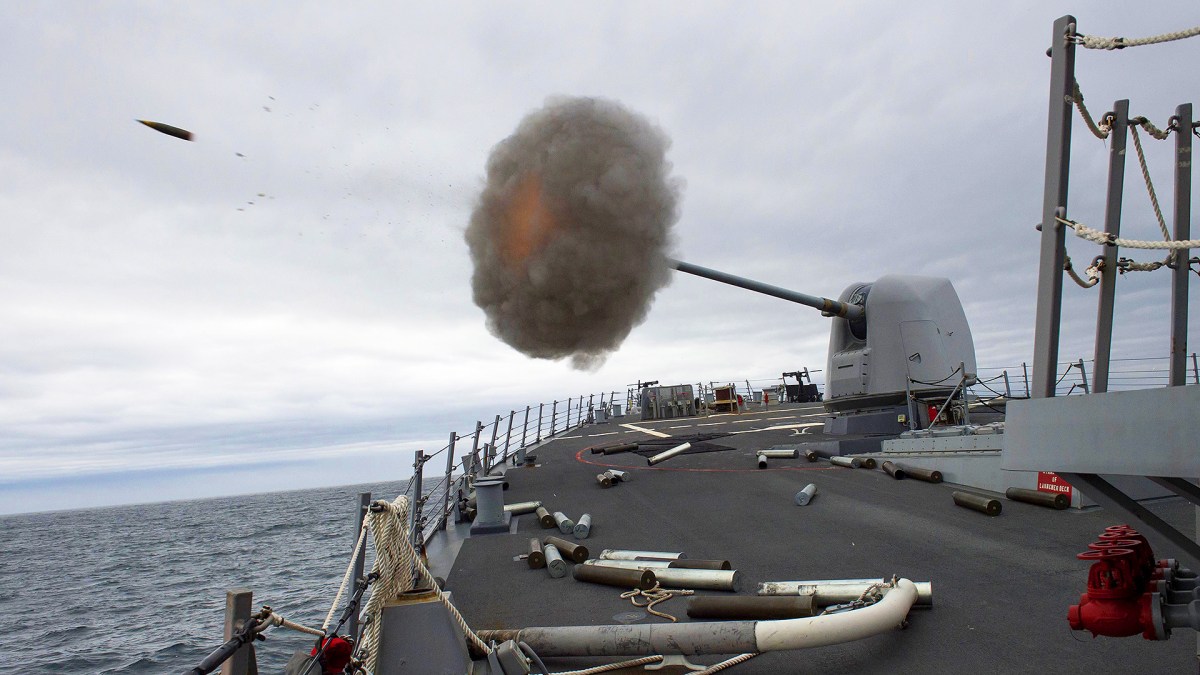Rocket launched options are still available, but from non-traditional suppliers (Japan, Korea, India).
It's a niche capability that comes with considerable constraints such as losing deck space, VLS cells, but with the advantage of reaction time.
Deck mounted TLLS have limited range, while ASW helicopters, while having longer search range/coverage, is limited by the loiter time and it will take longer to react if the sub is detected outside of it's existing search grid (by the mothership/vessel).

It's a niche capability that comes with considerable constraints such as losing deck space, VLS cells, but with the advantage of reaction time.
Deck mounted TLLS have limited range, while ASW helicopters, while having longer search range/coverage, is limited by the loiter time and it will take longer to react if the sub is detected outside of it's existing search grid (by the mothership/vessel).

Supersonic Missile-Assisted Release of Torpedo system successfully flight-tested by DRDO off the Odisha coast
Supersonic Missile-Assisted Release of Torpedo (SMART) system was successfully flight-tested at arou
pib.gov.in



